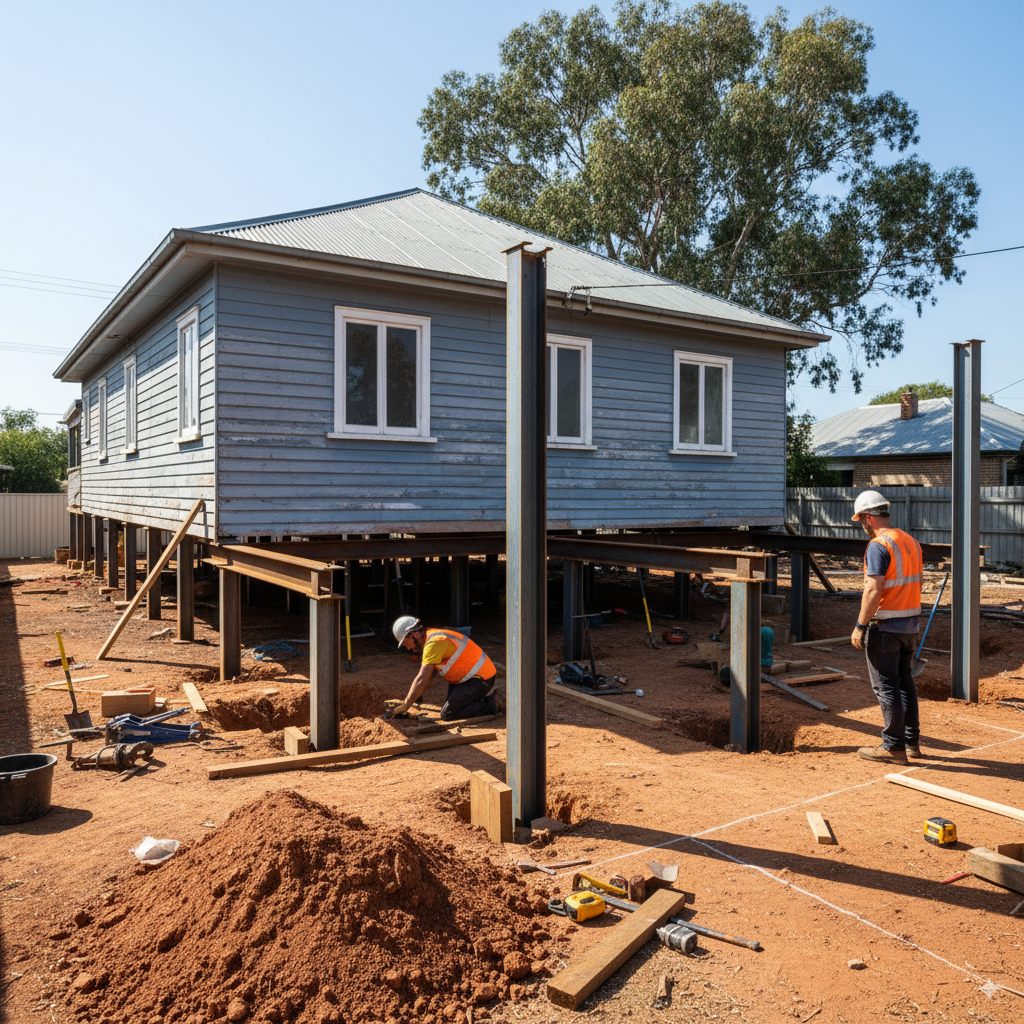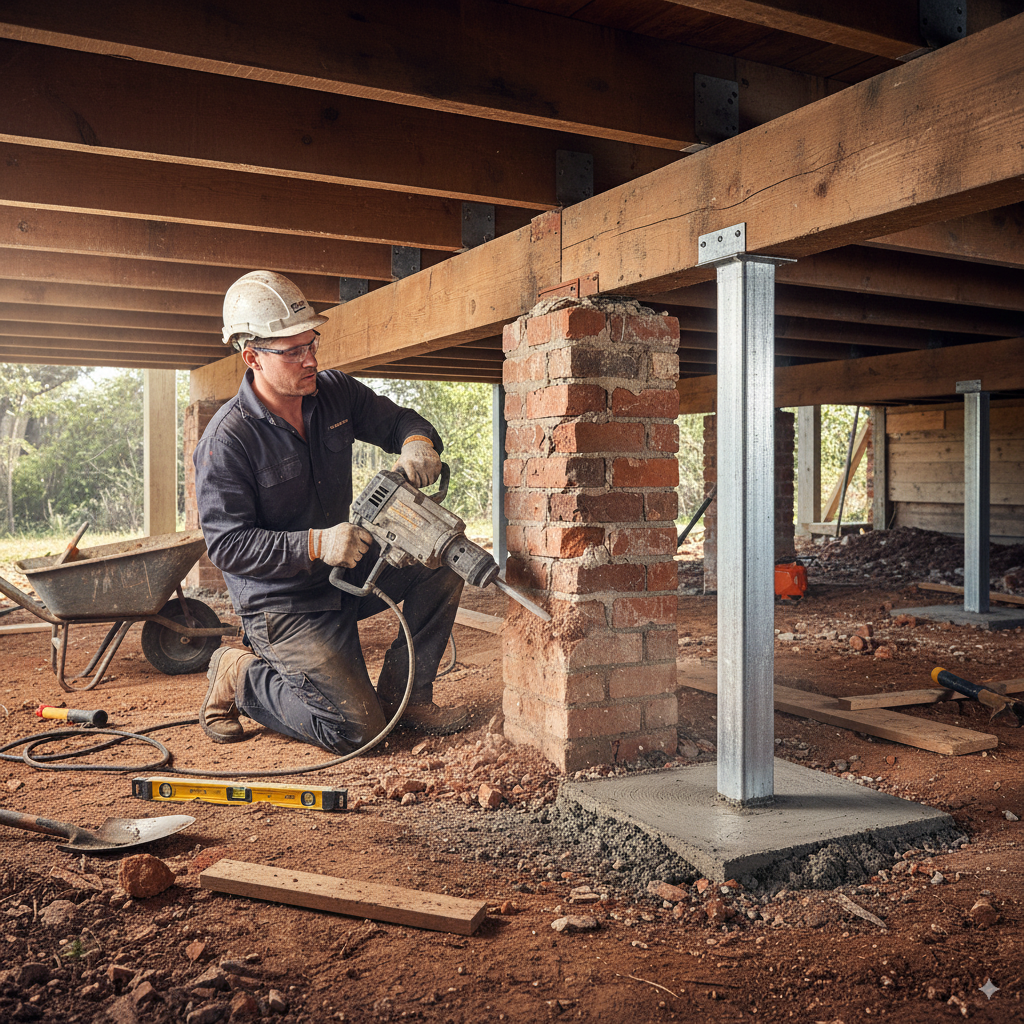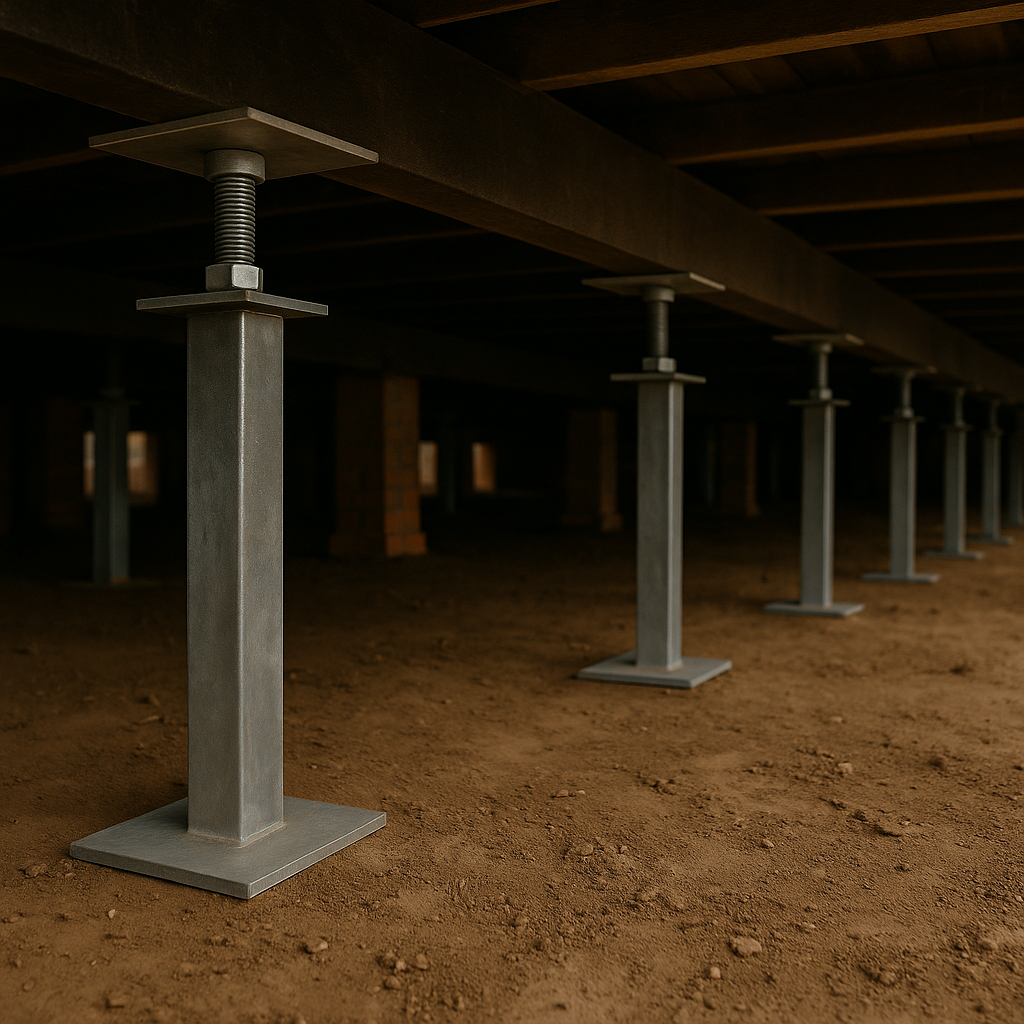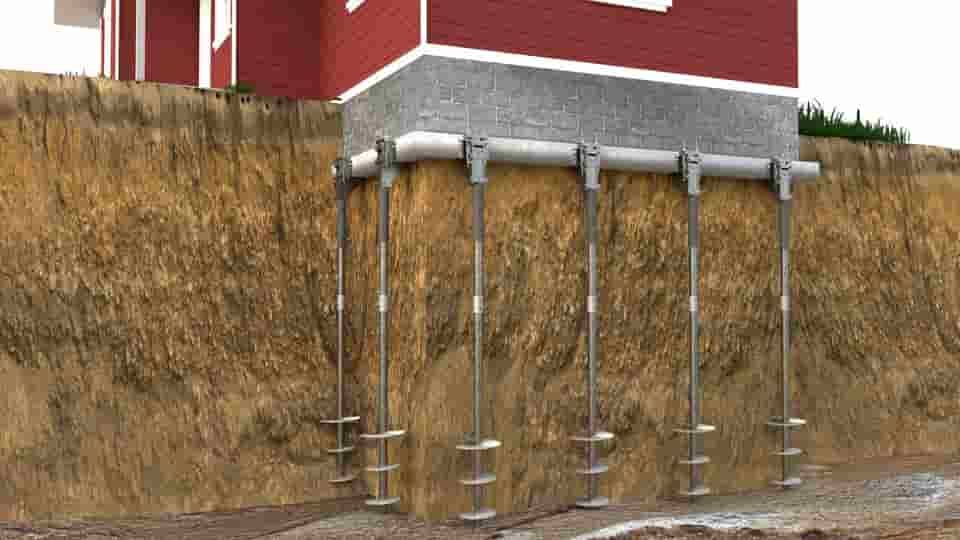House Relevelling Sydney: What It Is and When You Need It
House Relevelling Sydney: What It Is and When You Need It
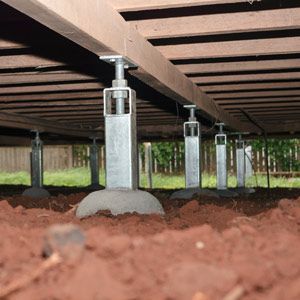
Noticing the floors aren’t quite level? Doors not closing properly? Cracks creeping along the walls? These might be more than just cosmetic quirks — they could be signs your home is shifting and in need of house relevelling.
Whether you’ve got a classic Sydney weatherboard or a solid brick build, foundation movement is more common than you think — especially in suburbs with reactive soil, sloping blocks, or older stumps.
Let’s break down what house relevelling Sydney services actually involve, when to worry, and how to get it sorted before things get worse.
What Is House Relevelling?
House relevelling is the process of lifting and adjusting a home’s foundation to return it to its original, level position. Over time, homes can move due to soil changes, ageing supports, or water damage. Relevelling corrects that movement and restores stability.
Depending on your home’s construction, relevelling might involve:
- Replacing or adjusting timber or concrete stumps
- Installing underpinning beneath footings
- Jacking and realigning parts of the structure
- Surface floor levelling to even out internal floors
It’s not just about fixing the floor — it’s about protecting the structure of the whole home.
What Causes a House to Become Unlevel?
Sydney homes can become uneven for several reasons:
1. Reactive Soil
Many areas in and around Sydney are built on clay-heavy soil, which expands when wet and shrinks when dry. That constant movement can cause homes to settle unevenly.
2. Ageing Timber Stumps
If your house was built before the 1980s, it may be resting on old timber stumps. These can rot, sink, or get eaten by termites — all of which cause dips, sags, or bounce in the floor.
3. Poor Drainage or Water Runoff
Water pooling under or around your home can soften the soil and lead to movement. Burst pipes, blocked stormwater, or improper grading can all contribute.
4. Previous Renovations
Extensions built on separate footings or DIY renos without proper structural levelling can cause one part of the home to move differently from the rest.
Signs You Might Need Relevelling
Wondering if your place needs a lift? Keep an eye out for:
- Uneven or sloping floors
- Cracks in walls, especially around doors or windows
- Sticking doors or windows that won’t close properly
- Gaps opening up between skirting and floorboards
- Noticeable bounce or movement when walking inside
Even if it seems minor now, these issues often get worse over time — and more expensive to fix.
What’s Involved in the Relevelling Process?
At Sydney House Leveling, we follow a detailed process to ensure the job is done right:
- Inspection and Level Survey
We check your home’s levels, foundation type, and any visible signs of movement. - Tailored Levelling Plan
Based on the structure, we recommend the best method — from restumping to underpinning to internal floor levelling. - Lifting and Adjustment
The home is carefully jacked and adjusted in sections to restore level across the structure. - Final Checks and Clean-Up
Once complete, we check door function, floor levels, and structural integrity. Any temporary supports are removed and the area is tidied.
We also provide reports or certification if needed — especially useful for insurance or renovation approvals.
Don’t Wait for It to Get Worse
Unlevel homes don’t fix themselves — and waiting usually means bigger cracks, trickier repairs, and higher costs. Getting a professional in early can save you time, money, and future stress.
Book a Free House Relevelling Inspection in Sydney
Whether you’re noticing early signs or things are already out of whack, we’re here to help. At Sydney House Leveling, we offer:
- Free site inspections
- Honest, pressure-free advice
- Custom levelling plans backed by experience
Let’s get your home back to level — and keep it that way.

